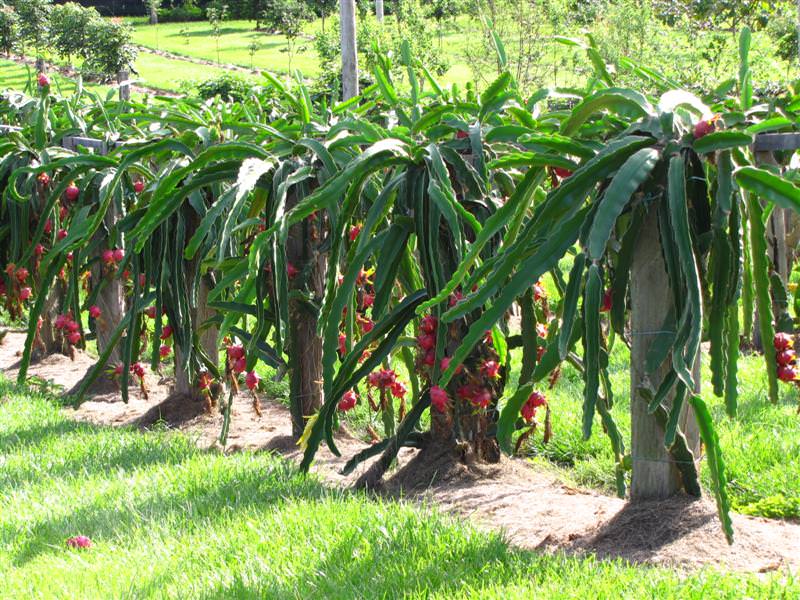Dragon Fruit (Pitaya): Health benefits and everything you need to know
Dragon Fruit is from Hylocereus species and from the cacti family is shaped like the dragon also known as the pitahaya or pitaya, it’s also one of Vietnamese fruits that you can find when you come for a visit. The pulp of this fruit contains many small and black seeds. The outer color is pink or sometimes yellow. There are no fibers in the flesh of the dragon fruit. In many tropical countries, people use this fruit mainly for decorating the buffets. For preparation, dragon fruits (similar to kiwi) can be cut open and spooned out; In the case of ripe fruits, the peel can be taken off (as in the case of oranges). Dragon fruits are pressure-sensitive and therefore rather difficult to transport. Many European countries import them from Central America from July to December and or from Vietnam from January to June. Also, dragon fruits imported from Thailand all year round.







